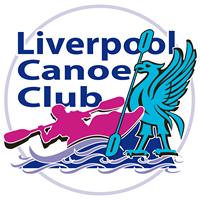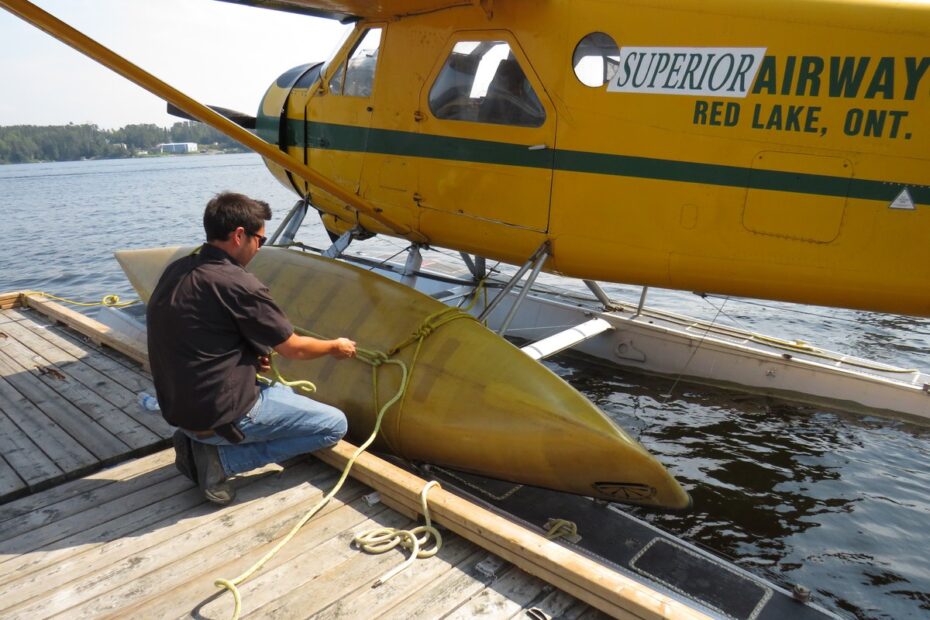Bloodvein River, Canada
12-day White Water River Expedition by Open Canoe

By Hap Wilson
Let’s be honest, this was largely a personal ambition. I mean, you can have all the qualifications out there, but can you really call yourself a serious canoeist if you haven’t been canoeing in Canada, the birthplace of the open canoe? Well, whether it’s true or not (probably not), it was a good excuse for us to go do it!
A group of 6 paddlers, Nikki & Martin Aldridge, Mike Alter & Ruth Edwards, Ian Bell and Graham Rowe, made the perfect number for a safe and manageable adventure into the Canadian wilderness… and we weren’t about to do it half-hearted!
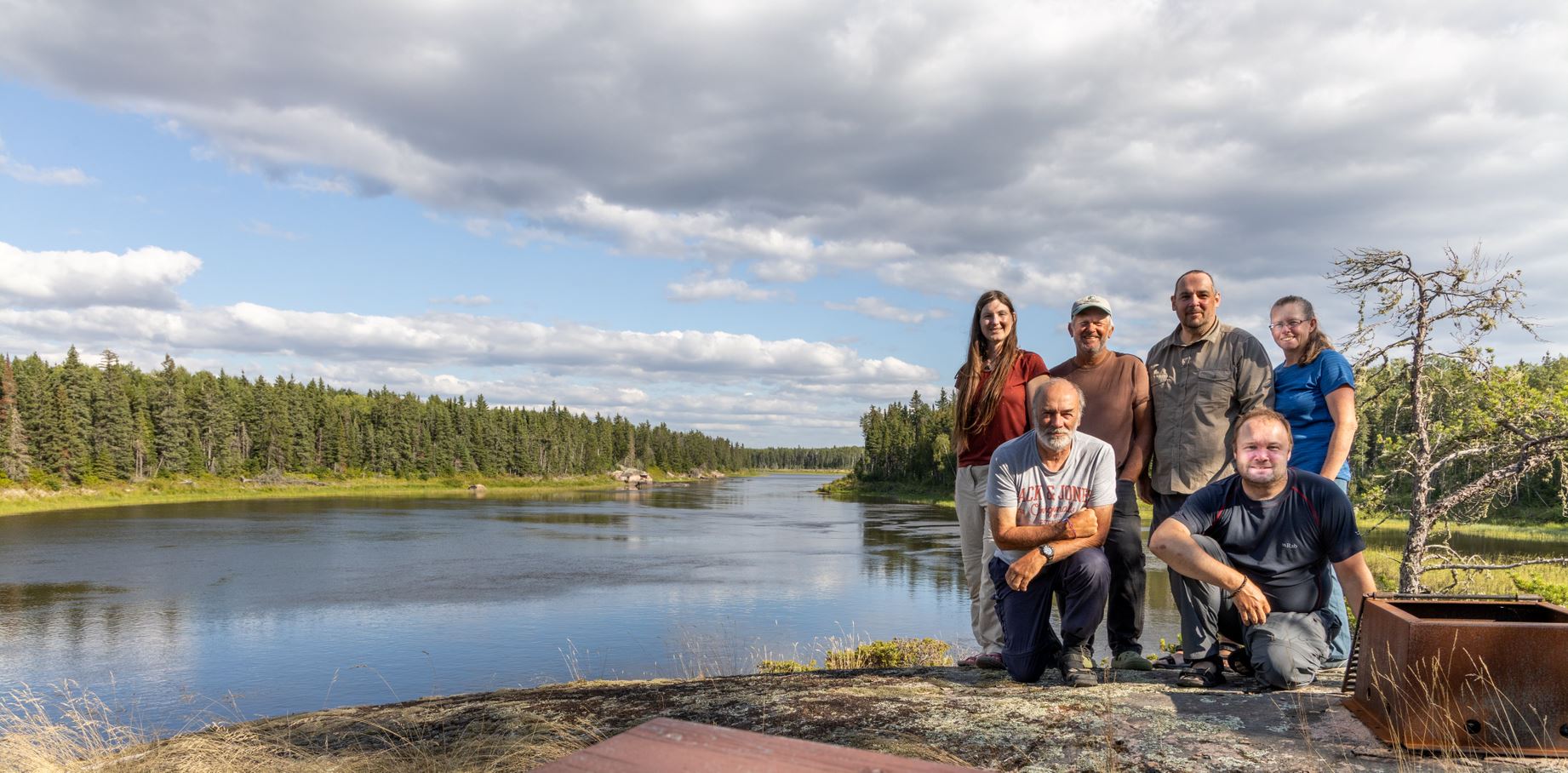
After considering the various Canadian rivers that have been paddled by the likes of Ray Goodwin, we settled on the Bloodvein River, a challenging white water river starting in Ontario and ending at Lake Winnipeg in Manitoba. We chose to paddle a 250km section from Barclay Lake down to Bloodvein Village where the Bloodvein empties into Lake Winnipeg. As it happens, we only paddled 240km because it turns out the get-out bridge is quite a bit sooner than expected! Follow the trip posts to read more on that. We allowed ourselves 12 days on the water to complete the trip.
Before Barclay Lake, the Bloodvein is more of a collection of interconnecting lakes and waterways involving quite a bit of portaging between lakes, which is not what we were interested in. From Barclay Lake, the river starts quite open and unmoving with more lakes along the route interspersed with a couple of big rapids. It then starts to pick up pace and the rapid numbers increase, varying anywhere from grade 1 to grade 5. Eventually, the river narrows and the flow increases as the rapids continue. In all, there are 89 graded rapids on the Bloodvein and we paddled most of them and portaged quite a few of them.
One of the deciding factors in this choice of river though? The only way to access the Bloodvein River is via float plane. Yes, it costs a little more, but it has got to be the coolest way to start any river trip! We would highly recommend it. It also adds to that feeling of remoteness when there are no roads, no other waterways, nothing.
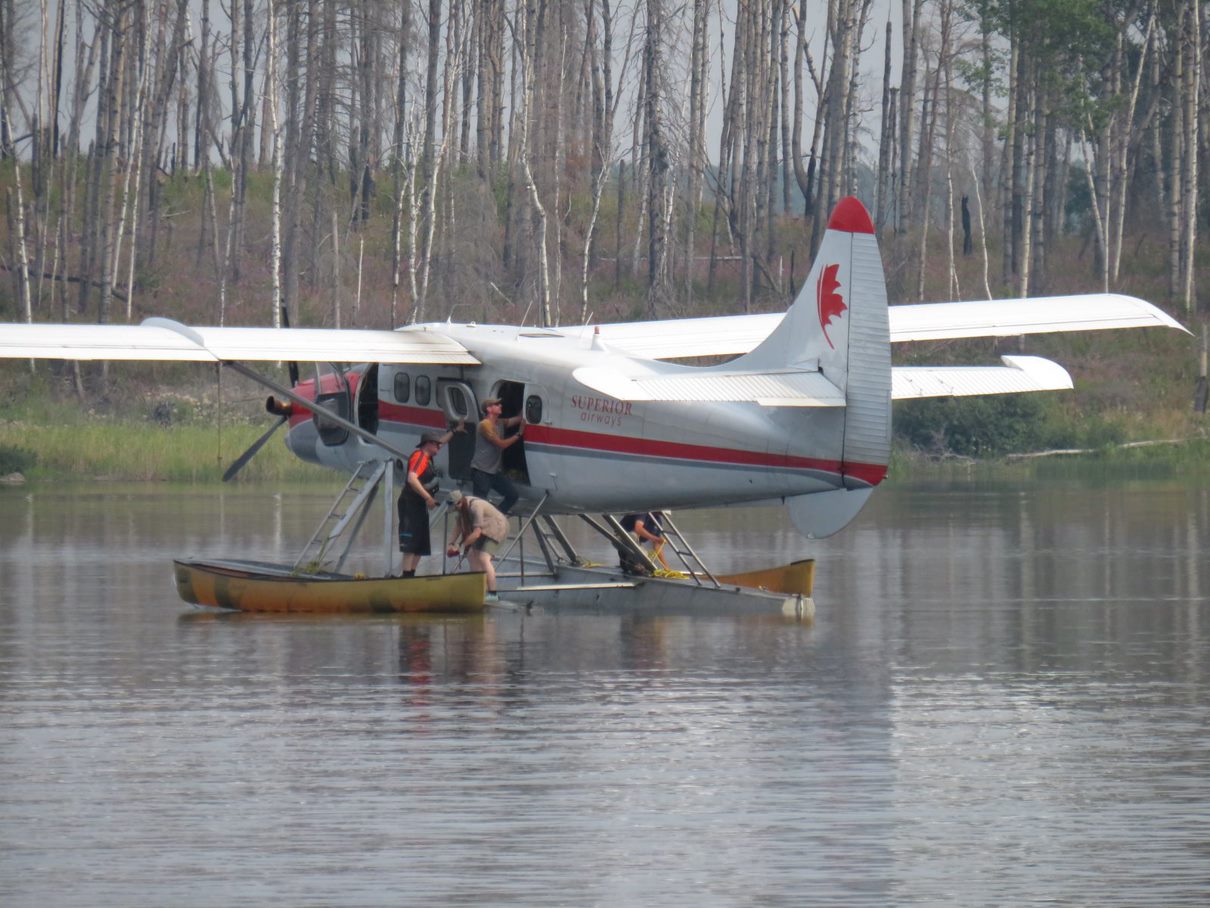
For those interested in the geology/landscape/wildlife:
The Bloodvein flows through the Canadian Shield, also called the Laurentian Shield or Plateau. It is a geologic shield, a large area of exposed Precambrian igneous and high-grade metamorphic rocks. It forms the North American Craton, the ancient geologic core of the North American continent. It is a largely flat area, with the river dropping in steps over the rock ledges.
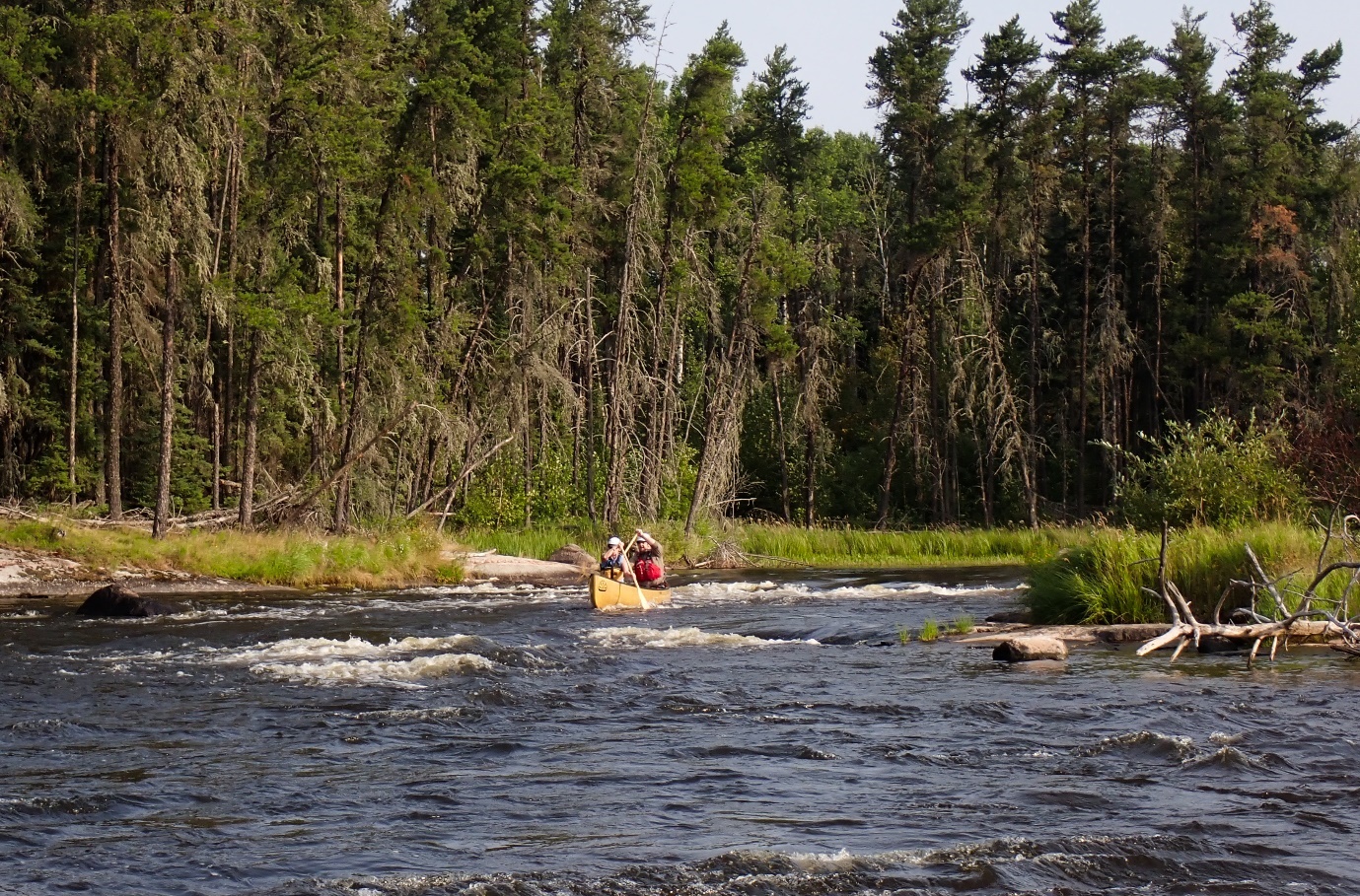
It is located within the Boreal Forest, which has a biome characterised by coniferous forest consisting mostly of pines, spruces and larches. It is the world’s largest land biome and covers most of inland Canada, Alaska and parts of northern USA. There have been quite a few wildfires over recent years and this was evident along the Bloodvein where large areas had been burned and only the burnt, bare shells of tree trunks remained, although most such areas we passed through showed new growth had begun in the years since the fires.
The area is home to an array of wildlife include black bear, moose, caribou, wolverine, beavers, otters and a variety of birds including bald eagles and to my surprise, pelicans! The wildlife out here is largely not accustomed to human contact and can be quite elusive, especially if they hear you coming… for example if anyone in your group just never stops talking!
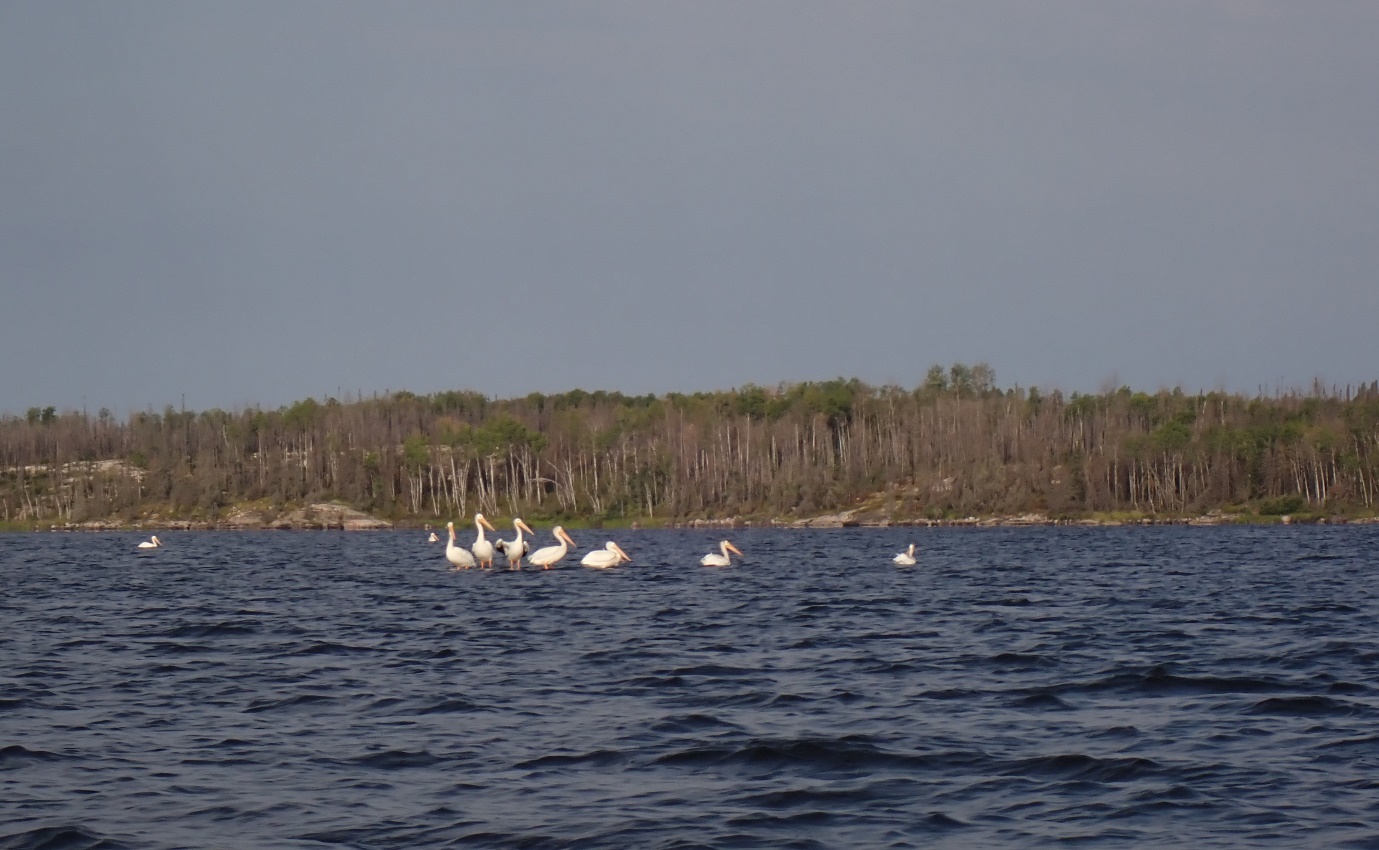
We were outfitted with canoes (Souris River Skeenas 17’8 Kevlar tandem canoes), paddles and buoyancy aids by Albert Rogalinski of Goldseekers.net. He also collected us from Winnipeg and drove us 5½ hours (just round the corner 😉) to Red Lake, arranged the float planes to Barclay Lake, and collected us at the end and dropped us back to Winnipeg.
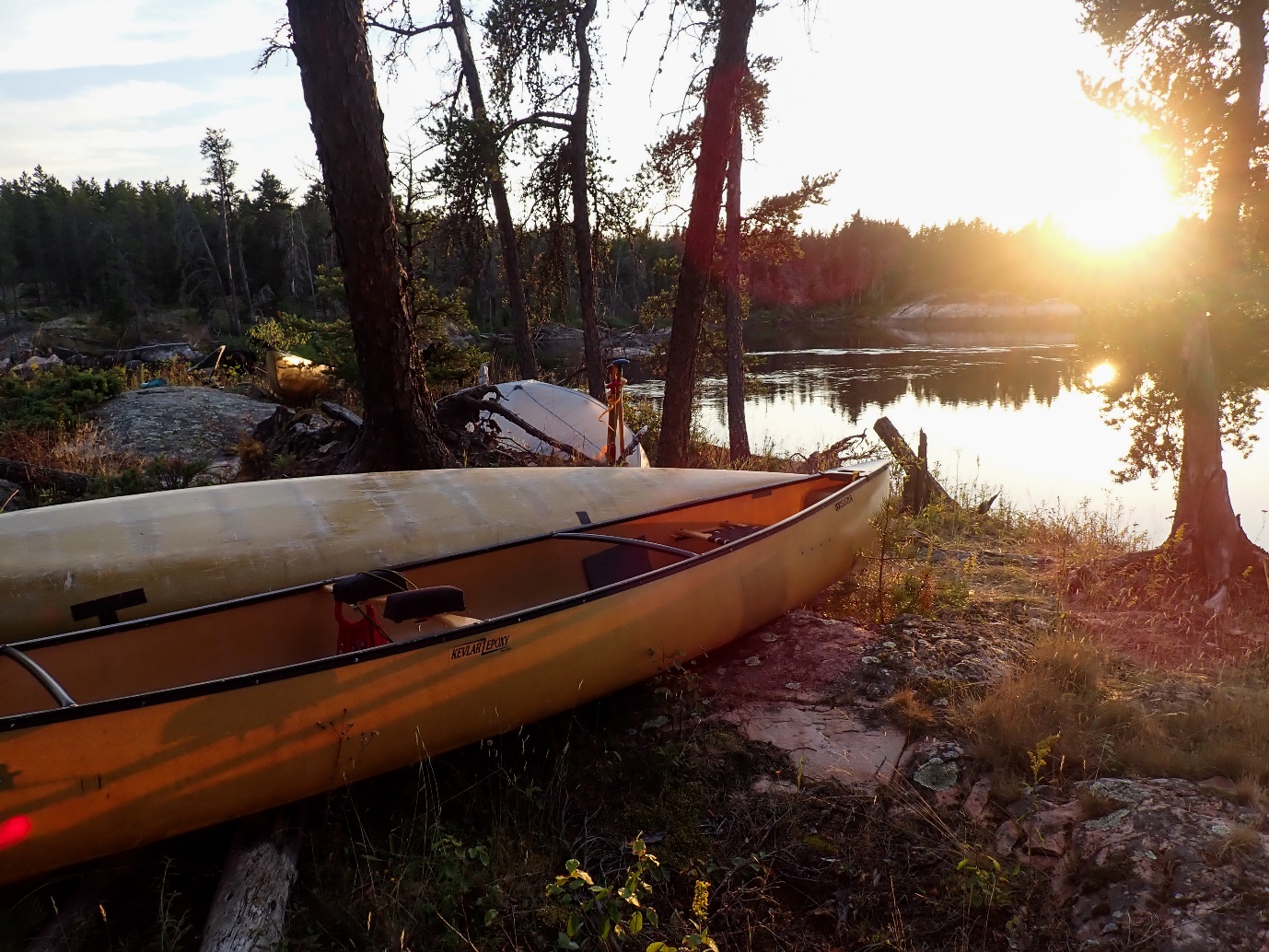
Follow the Trip Reports over the next few weeks to read how it went and get inspired for your next adventure…
